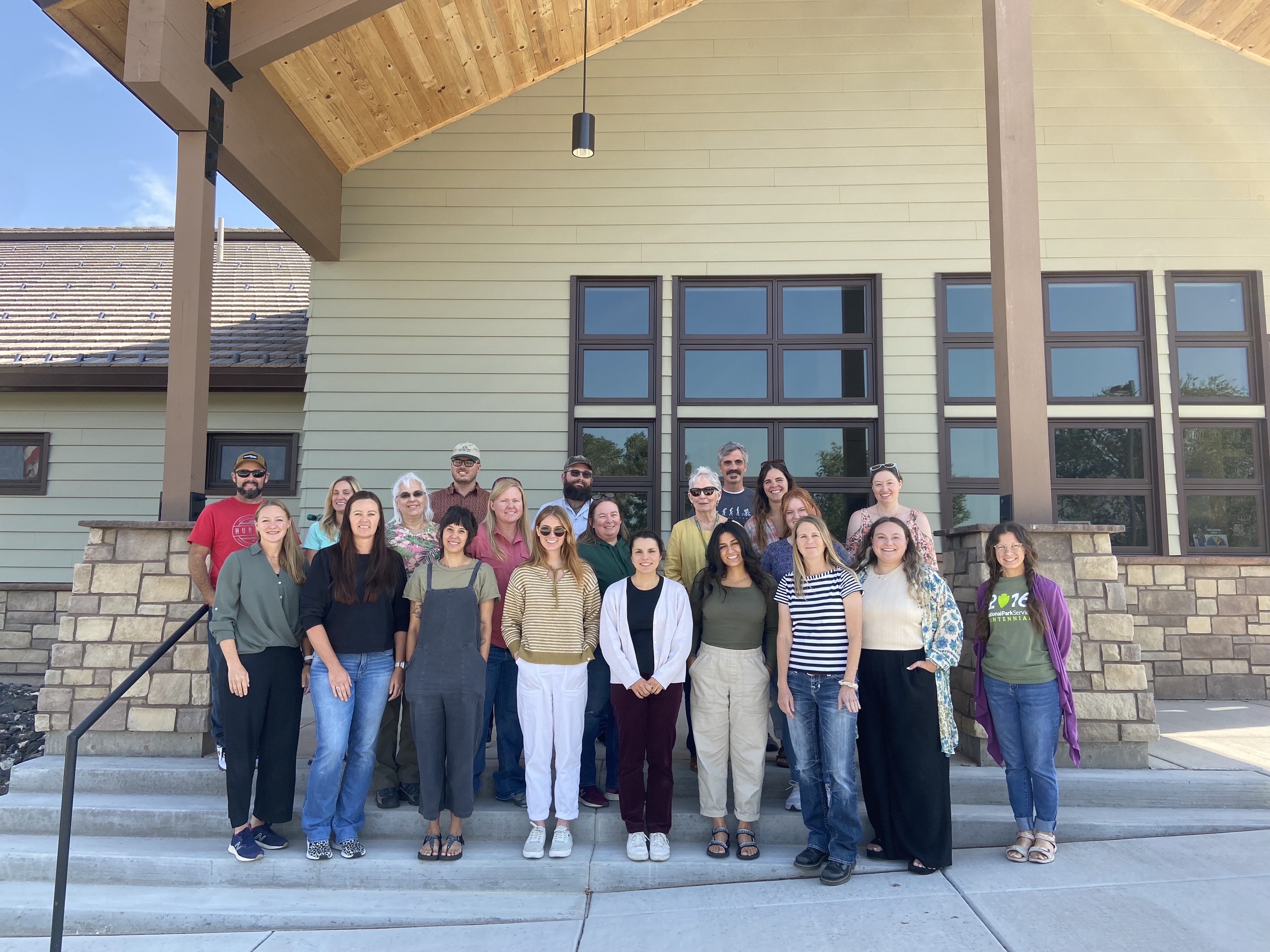The USDA Southwest Climate Hub, in collaboration with the Northern Institute of Applied Climate Science (NIACS), USDA Forest Service Region 4, and the Dixie National Forest, facilitated a three-day climate change adaptation workshop for decision-makers from the USDA Forest Service Region 4, particularly those who take part in National Environmental Policy Act (NEPA) Interdisciplinary Teams (IDTs). Focusing on the Brian Head Ski Area Expansion Project (Environmental Impact Statement-EIS), the workshop taught participants how to use the Adaptation Workbook process in NEPA project development and climate-related analysis.
The workshop explored climate change impacts and potential adaptation actions for the proposed terrain and ski area improvements at Brian Head Resort, which would be within and adjacent to the Dixie National Forest. Participants split into four breakout groups based on preliminary issues previously identified for the following resource areas: 1) water and wildlife, 2) heritage and socioeconomic, 3) recreation and visual/scenic resources, and 4) Greenhouse Gas (GHG) emissions and traffic/transportation. Each group explored the following questions for their resource areas:
How will climate change impacts affect the Brian Head Expansion project area?
What challenges and opportunities does climate change present?
What actions can help systems adapt to change?
How will you know if your actions were effective and what can you learn to inform future management?
Some of the key climate challenges identified included projected decreases in natural snowfall leading to less snow accumulation and retention; decreasing water storage and snowmaking capacity; shorter ski seasons; increased risk in flooding and debris flow events, particularly on the main access roads to the ski area; increased traffic from increased visitation as visitors travel from lower, warmer locations to escape the heat; and a higher risk of human-caused wildfires in the shoulder seasons with increased visitation. Each group identified adaptation actions to address these climate challenges for their resource areas, which will be considered by the project Interdisciplinary Team as they continue working on the proposed and alternative actions for the EIS.
Participants left the workshop with a better understanding of how to incorporate climate change adaptation into their planning and project development, and there was interest to continue utilizing Adaptation Workbook process with USFS Interdisciplinary Teams for future projects.


